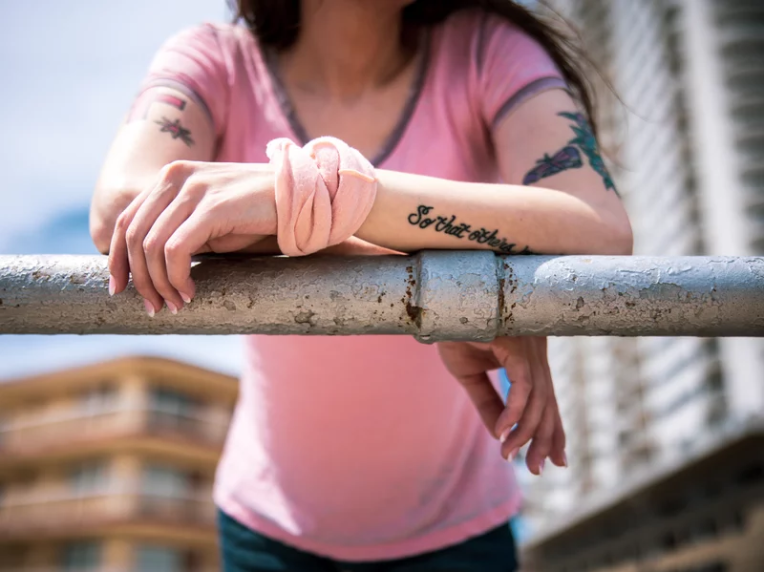The Pink Heart Locked in the Blue Uniform
- Zhaoyi Fang
- Dec 1, 2022
- 3 min read
"I don't want somebody else to have to go through the struggles that I did, or they wind up making the wrong decisions and land in prison, and they have to deal with the same issues. It is hard to do."
------ Ashlee Inscoe

Introduction and Statistics
While the number of female criminals has increased rapidly during the last decades, criminal legal policies now focus on creating a better environment for both male and female criminals. However, thousands of non-binary inmates are facing severe environments behind the walls. According to a 2021 study by the Williams Institute of UCLA, 1.2 million American adults between 18 and 60 identify as non-binary. They make up 11% of the LGBTQ population in that age bracket. According to NBC news, there are 4890 transgender inmates across the country. The picture above shows that NBC was able to confirm only 15 cases in which these prisoners were housed according to their lived gender. In Texas, none of its 980 transgender inmates live in gender-affirming housing. 891 transgender women are forced to house with men, and 89 transgender men are forced to house with women.
Stories and Serious Concerns
"I was born in 1980, and a doctor misgendered me as a boy, and it was solely on the appearance of my genitalia," Inscoe said in a phone call from the Avery Mitchell Correctional Institution in North Carolina, which is for men. Ashlee Inscoe is now 41 years old and depicted herself as an "interesting woman." Because her sex at birth is male, she is now incarcerated in a male prison where she was forced to sleep and take showers around men. She was raped multiple times while officers failed to react to her reports. As a result, she has contracted HIV. Because the prison system of North Carolina operates on the gender binary, inmates are housed in either male or female facilities when they are processed in the system.
Similar stories happened to Sonia Doe from New Jersey. She was incarcerated in a male prison for 18 months. She faced humiliating stripe research in front of male guards, sexual harassment, discrimination, and physical threats from prison officers and other inmates. Nevertheless, she was finally transported to a female prison in August 2018 with a lawsuit filed. As part of the settlement for that lawsuit, the New Jersey Department of Corrections makes it customary for non-binary inmates to be incarcerated at the prison according to their gender identity.

The Prison Rape Elimination Act (PREA)
After signing VAWA in 1994, the PREA was first introduced to the solved problem of prison rape. As well as females' rights, the PREA adds standards to protect non-binary inmates, such as Standard 115.42 (c) & (e). Standard 115.42 (c) states that the agency should consider on a case-by-case basis whether the placement of a non-binary inmate would harm the inmate's health and safety. In addition, in Standard 115.42 (e), it is stated that A transgender or intersex inmate's views concerning his or her safety shall be given serious consideration.
With the PREA and increasing focus from society, I believe that the incarceration problems of non-binary inmates would be learned about and researched by more scholars and the public.




Comments